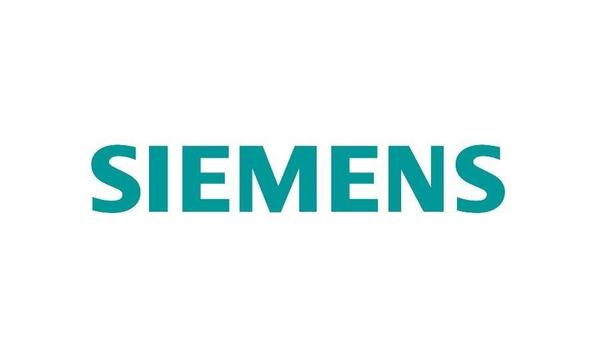Fire helmets for fire fighting in buildings belong to the highest protection category in the field of personal protective equipment. They protect against fatal dangers and prevent irreversible damage. Particular attention is paid to the face and eye protection. Burns, scars, or other injuries in this area can mark a person for a lifetime. In order to be able to offer excellent protection and the best view, the visors of a Rosenbauer helmet must provide the following services:
- Tested and certified according to EN14458: 2018
A type test and constant quality controls by internal staff as well as by external test centers are part of the basic requirements of the visors that are built into the HEROS helmets. They meet the following performance levels:
- Optical class I
The optical class provides information about the refractive effect of the lens, taking into account the spherical, astigmatic and prismatic effects. This is the highest class and ensures a low-distortion view. This is the prerequisite for working with the visors for a long time, since, in comparison to this, visors with lower classes can cause more headaches, dizziness and similar complaints.
- Electrical properties E1 & E2
Visors must at least correspond to the electrical properties with which the intended helmets were tested. In the case of the HEROS helmets and thus also the visors, there must be no electrical breakdown between the outside and inside or along the surface (maximum leakage current of 1.2 mA at 1,200 V test voltage).
- Flame temperatures over 1,000 ° C and extreme cold down to -40 ° C
These are probably the toughest demands on the special plastic of the visors. The high-performance polycarbonate used here is flame-retardant on the one hand and may not burn for longer than 5 seconds after a 15-second exposure to a flame temperature of over 1,000 ° C. On the other hand, the visors have to withstand the mechanical loads such as the bullet test, even in extreme cold (-40 ° C).
- Resistance to fogging & increased abrasion resistance on the outside
Warm, humid breathing air in combination with a cold visor surface normally leads to fogging of the lens. But not with the HEROS visors. These are equipped with a special coating on the inside to prevent fogging. In addition to the anti-fog coating on the inside, the visors have an anti-scratch coating on the outside. This gives the visor a higher resistance to the friction of small particles and thus increased protection against scratching.















